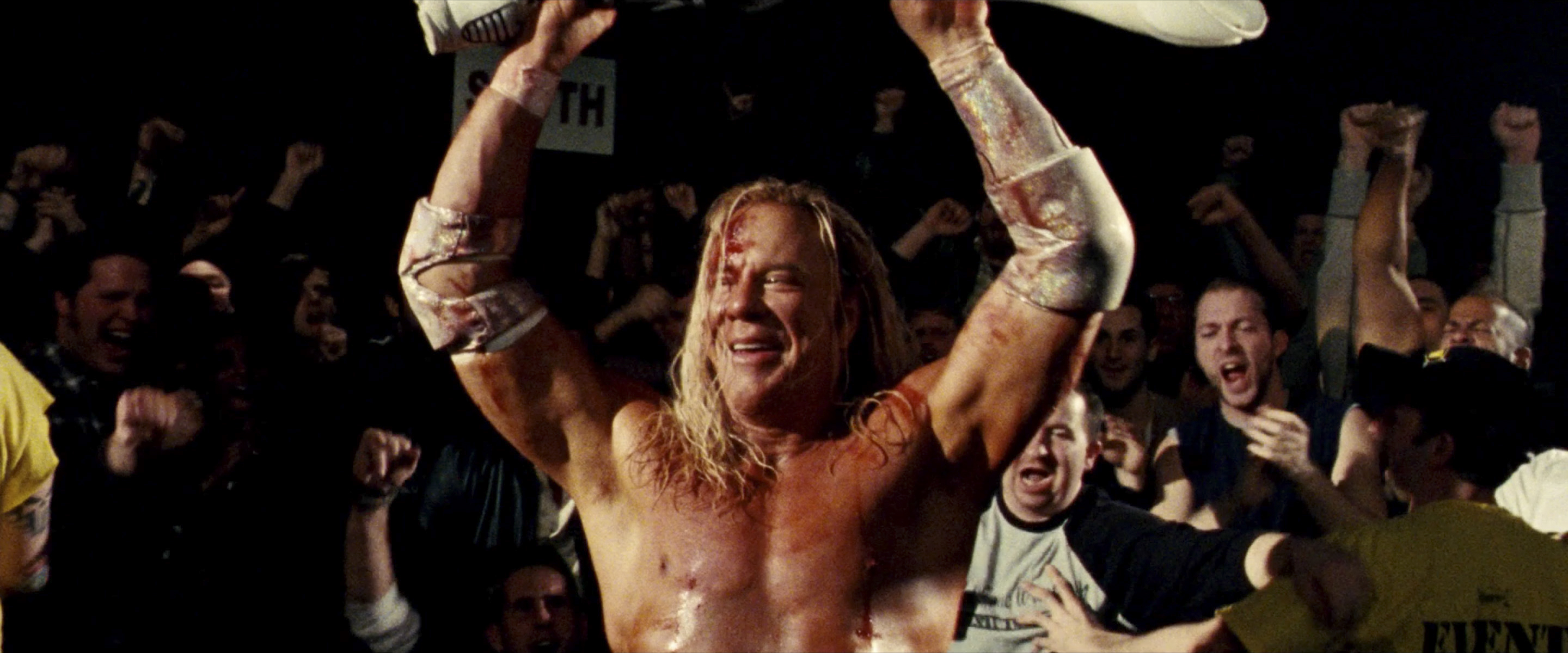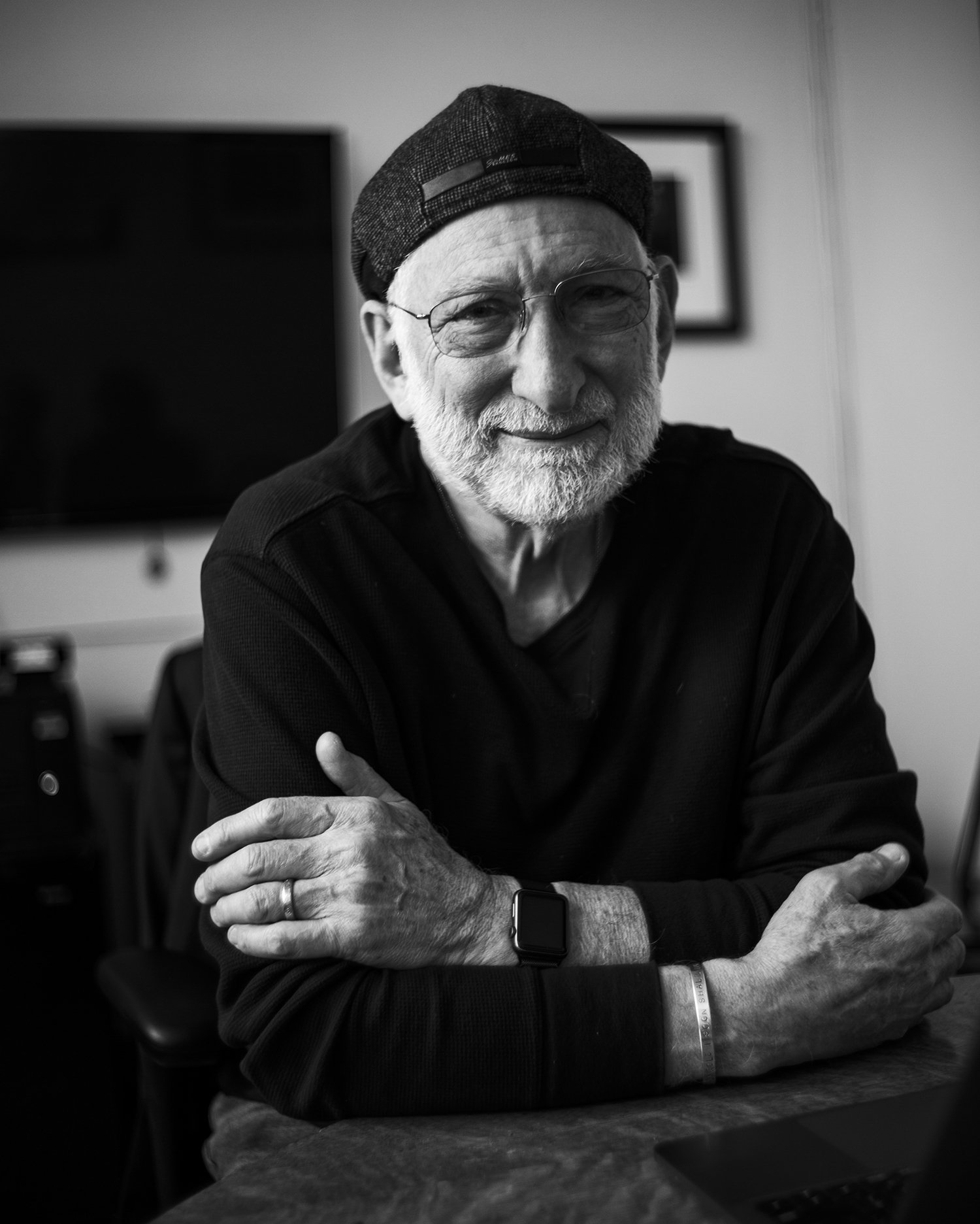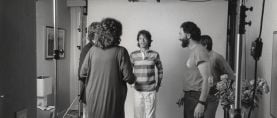
You Have to Have Something to Sing About
“Indie production” — or independent film — can refer to a small film, a low-budget film, and so on, but really, “indie” should be seen as referring to a film with independent spirit.

Let’s be clear: “Indie production” — or independent film — can refer to a small film, a low-budget film, and so on, but really, “indie” should be seen as referring to a film with independent spirit. “Risky” subject matter is, after all, usually what indies take on. In this August issue we report on CODA, honored at Sundance and beautifully photographed by Paula Huidobro, AMC, which imagines the life of a young woman with normal hearing, raised in a family that’s hearing impaired. The young woman finds her calling performing as a singer — a talent her family must struggle to appreciate.

In a line of dialogue from the film, her music instructor says (more or less), “… if you want to sing, you have to have something to sing about.” This is a guiding thought for indie filmmaking, and most indies do have something to say. There is a long list of honored films that have tackled major issues, whether personal or political. The acclaimed indie The Wrestler, with cinematography by Maryse Alberti, is another film about a performer. Performance figures in In the Heights as well, reported on in our August issue, with cinematography by Alice Brooks. All kinds of movies — low-budget and big-budget — are about performing and filmmaking, as a natural and successful formula. The Wrestler shows its indie spirit and becomes more than a film about a declining, sad career, but about taking a different path, finding that fork in the road that leads to acceptance and new choices, rather than butting one’s head — literally — against a reality that’s obvious to those who know you and want you to succeed in your life. The formats of the film itself are perfect analogues for the story: widescreen for the heroic determination of the wrestler, but 16mm film (saving money!) to represent the desperation of his professional and personal life.
We’re well-aware that “low budget” usually means small casts, even smaller locations (which crews are often thrown out of, anyway), small transpo departments, small numbers of lights, and simple camera packages. To address these issues, Jay Holben takes you on a journey in this month’s Shot Craft section to help you — in the famous filmmakers’ cliché — learn how to make lemonade when all you have are lemons. Always remember, however, that the tools are about telling a story, so drooling about the crew that’s around the corner, at a different location with many, many trucks, is inappropriate, because that group is drooling about the juicy story you are telling on a micro budget. You have to have something to sing about.
Stephen Lighthill
President, ASC








